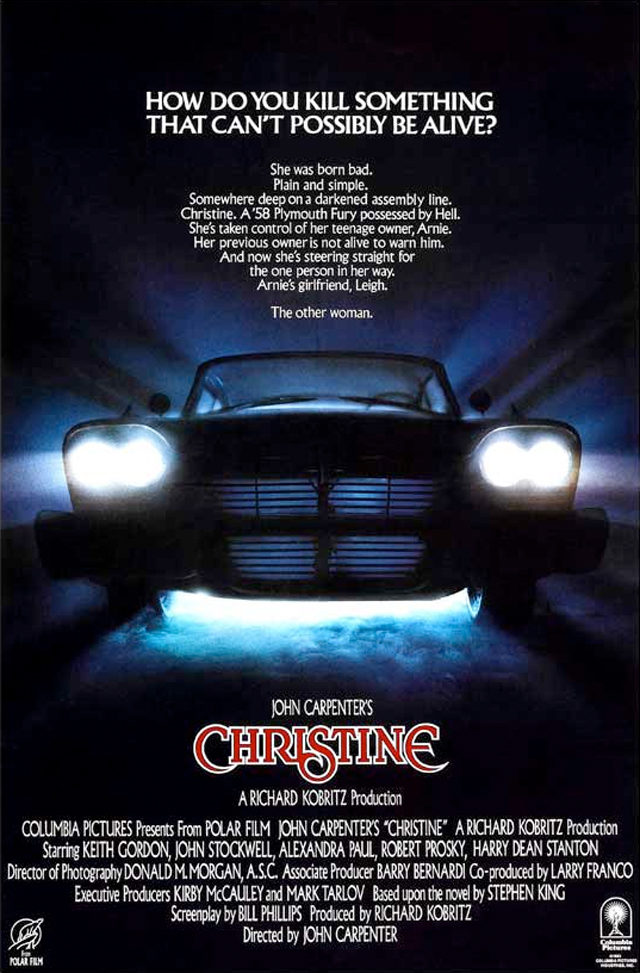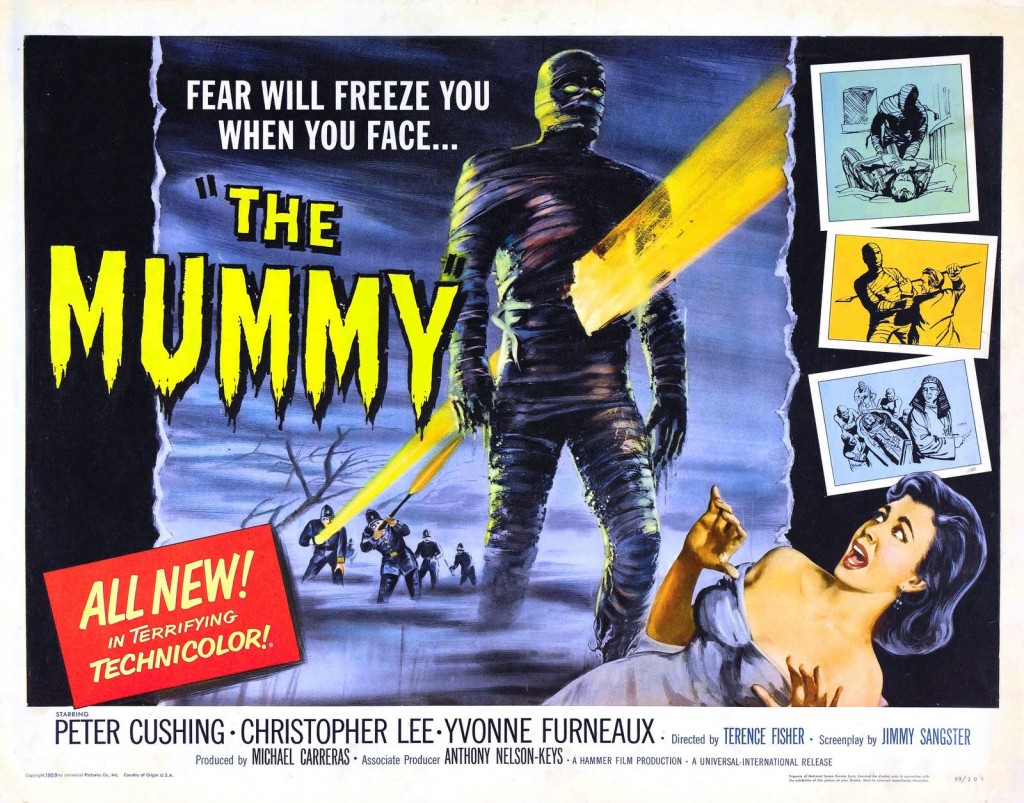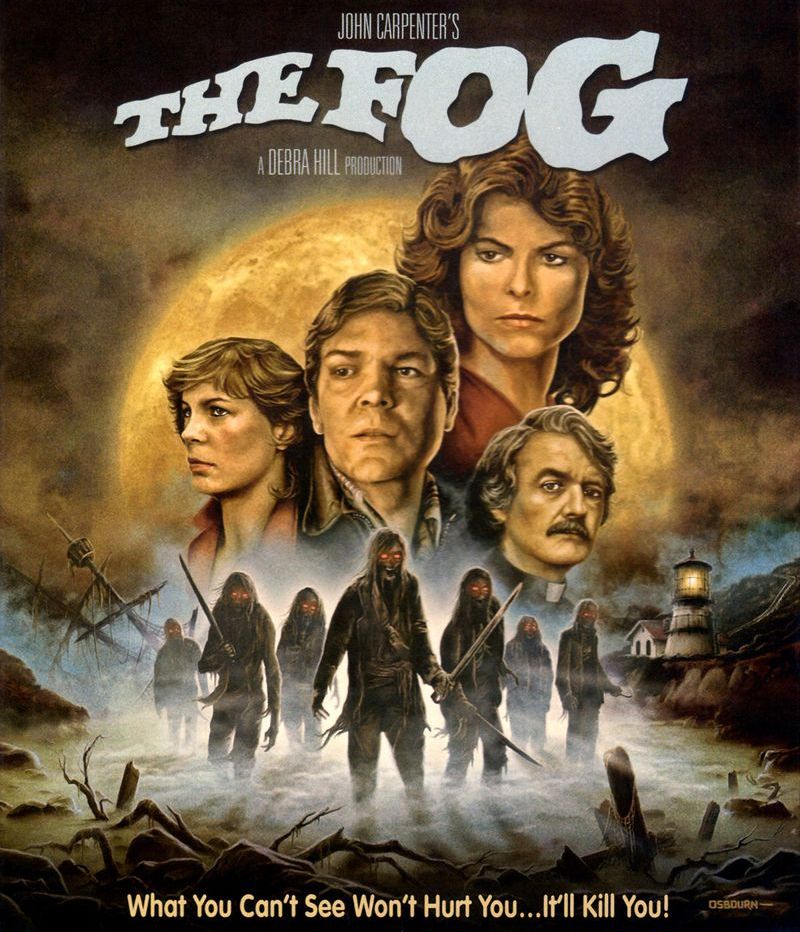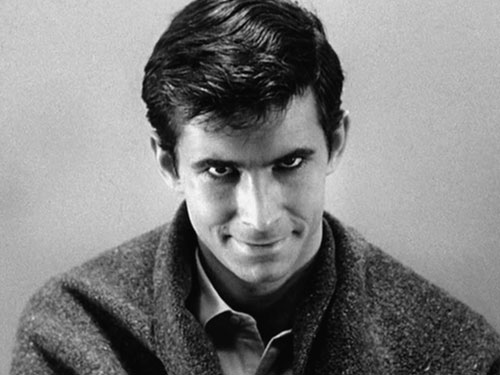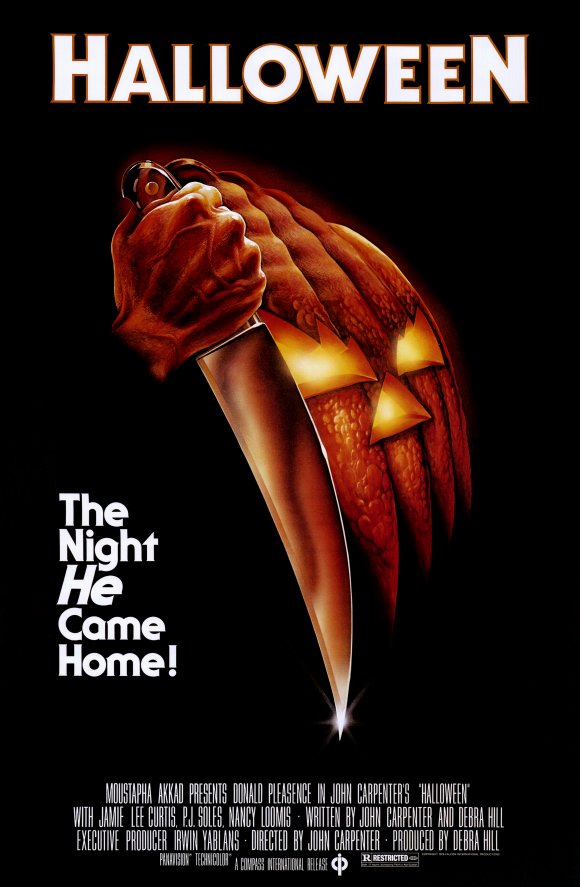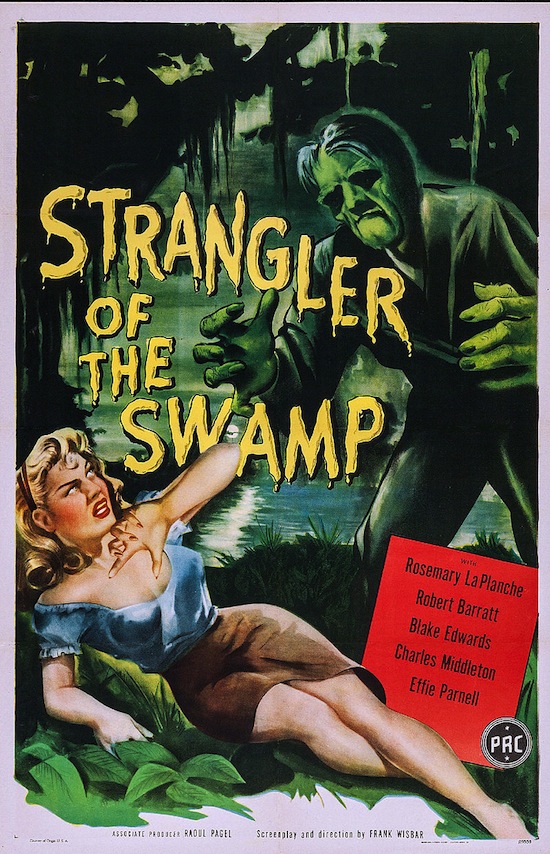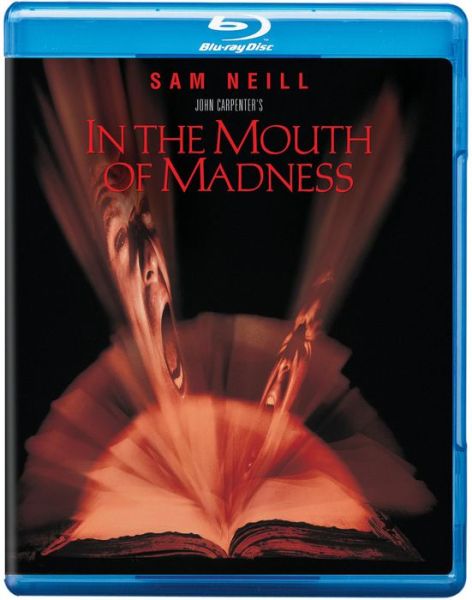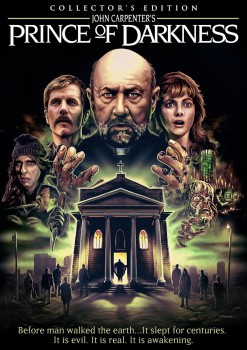October Is Hammer Country: The Kiss of the Vampire (1963)
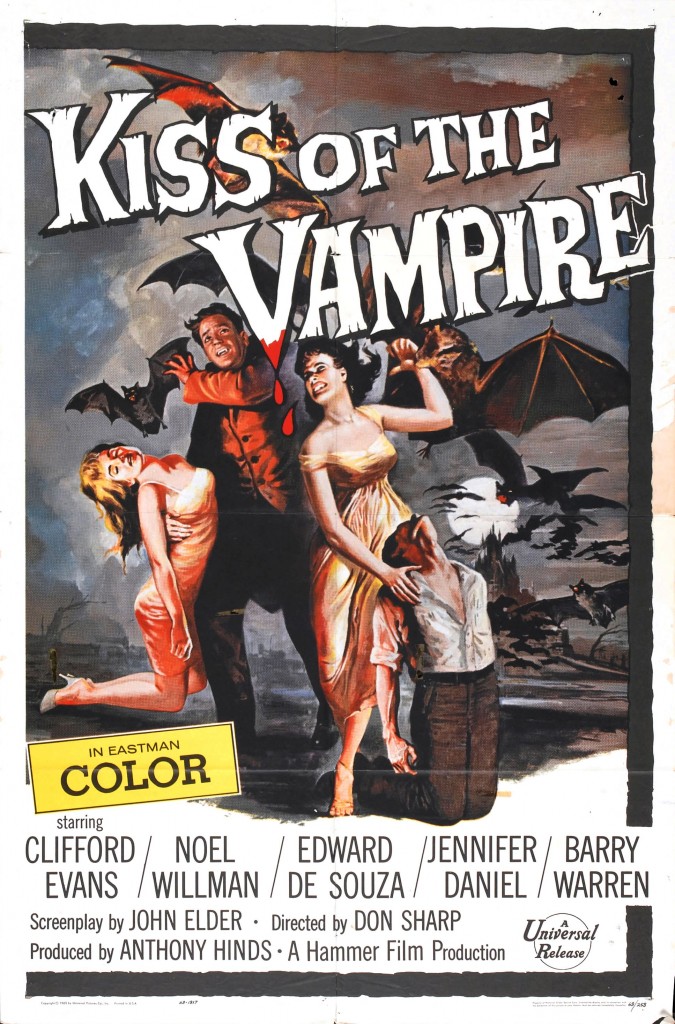 October is here and that means I need no excuse simply to line up a quartet of horror movies from Britain’s Hammer Film Productions for the next four Saturdays in a row and throw words at them. For me, Hammer films are the perfect horrors for the Halloween season: atmospheric, Gothic, supernatural featuring famous monsters, violent without making you feel abysmal afterward, and packed with plenty of Christopher Lee and Peter Cushing. Hammer movies feel like great Halloween party guests who wear the most elegant costumes and whom you want to hang out with after the other guests have gone home.
October is here and that means I need no excuse simply to line up a quartet of horror movies from Britain’s Hammer Film Productions for the next four Saturdays in a row and throw words at them. For me, Hammer films are the perfect horrors for the Halloween season: atmospheric, Gothic, supernatural featuring famous monsters, violent without making you feel abysmal afterward, and packed with plenty of Christopher Lee and Peter Cushing. Hammer movies feel like great Halloween party guests who wear the most elegant costumes and whom you want to hang out with after the other guests have gone home.
My criteria for picking the four movies for a Hammer October was to choose films from outside of the studio’s two major franchises — Dracula and Frankenstein — and which are currently available on Blu-ray in North America. Which means Plague of the Zombies and The Devil Rides Out are disqualified, unfortunately. (Kino Lorber, please get on this.) But it was easy to find movies that fit my ghoulish bill, and I’m starting off with the first vampire film Hammer produced that didn’t involve Dracula.
The Kiss of the Vampire was originally intended as a follow-up to The Brides of Dracula (1960), the first sequel to Hammer’s smash 1958 hit Dracula/Horror of Dracula. Hammer was trying to create a Dracula series without the count and Christopher Lee, focusing instead on Dracula’s legacy of aristocratic blood-sucking descendants and Peter Cushing’s Van Helsing pursuing them. The Kiss of the Vampire was going to continue this, introducing a full coven of vampires holding black magic ceremonies in a Gothic castle. This expanded on hints from The Brides of Dracula: the opening narration speaking of how Dracula’s “disciples live on to spread the cult and corrupt the world,” and the story of the wealthy visitors to Castle Meinster who seduced the young baron into their undead circle.
